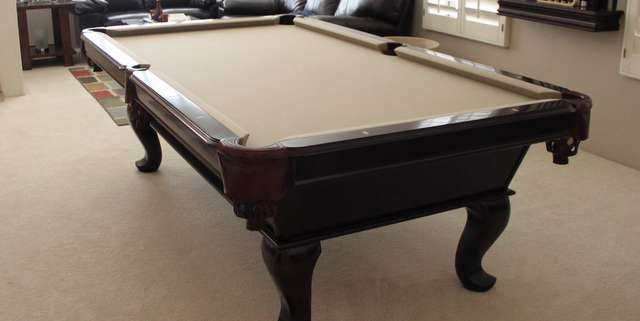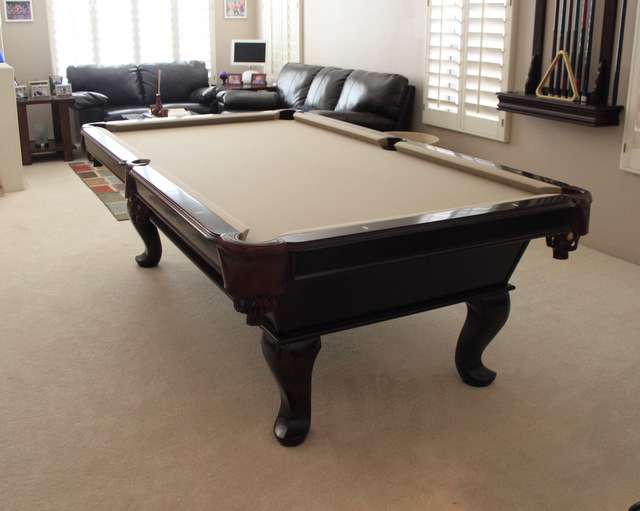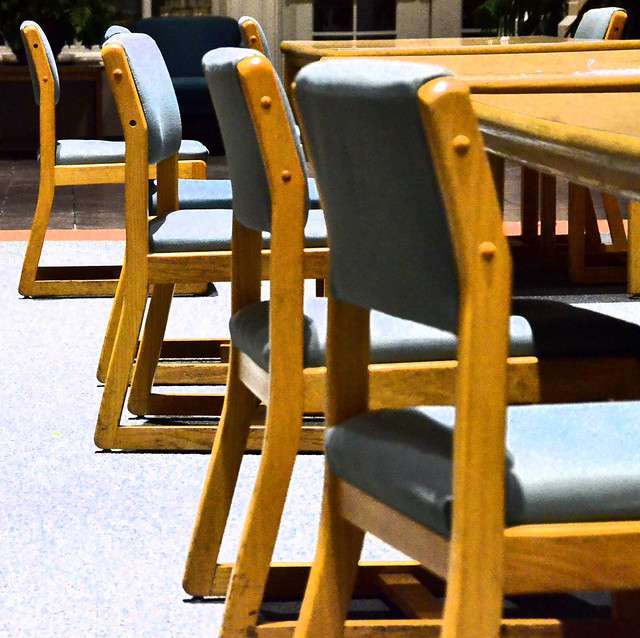
“Hey, Bill!” asks the juvenile sporting goods salesman. “Can I have the pool table? Nobody’s gonna buy it.” Bill sighs. Thirty-five more years until retirement. “Isn’t that your job, Pete?” he asks. “Selling pool tables?” Pete runs his hand through his hair to smooth down his cowlick. It immediately sticks right back up. “I can sell the other pool tables fine,” he says. “I sold three pool tables this morning. But nobody wants to buy this one. The legs are different colors. They come in and they say ‘I want a pool table,’ so I say ‘How about this one’ and they say ‘No, the legs are different colors.’ Then I show them another one and they buy that one. So can I just have this one? We’re never gonna sell it.” I’m too old for this, thinks Bill. And I’m only twenty-six. “No,” he says. “Sell the pool table, Pete. You can start by dusting it off. Call me if you need me.” “Where are you going?” Pete asks. “To go call the manufacturer and yell at them for sending us a pool table with different colored legs,” says Bill. “Will that help?” asks Pete. “No,” says Bill. “But it’ll make me feel better.”

An off-colored leg would ruin the way this dark cherry blends with its surroundings. Image Credit: Flickr User dr.coop (CC BY 2.0)



